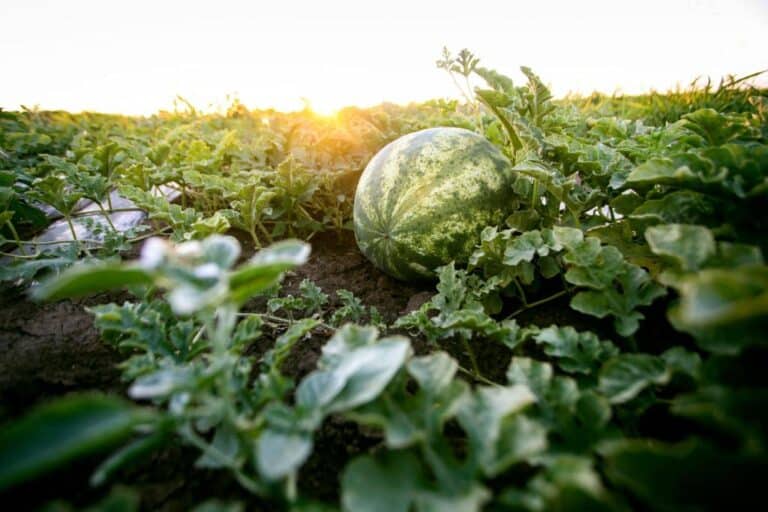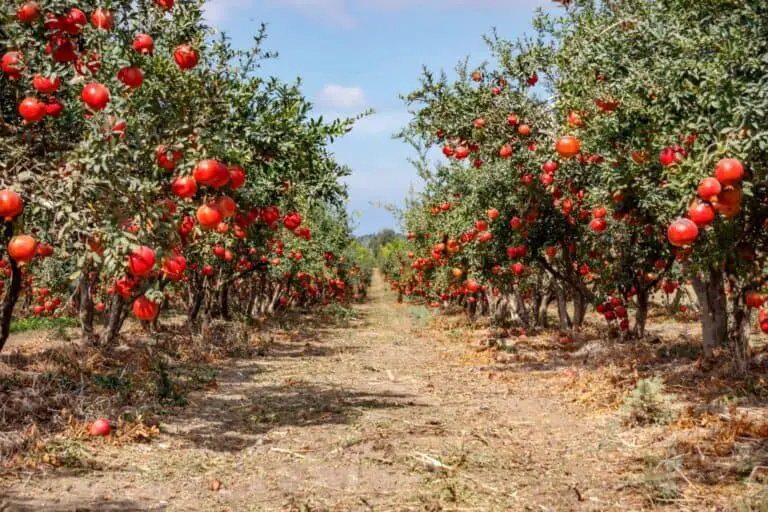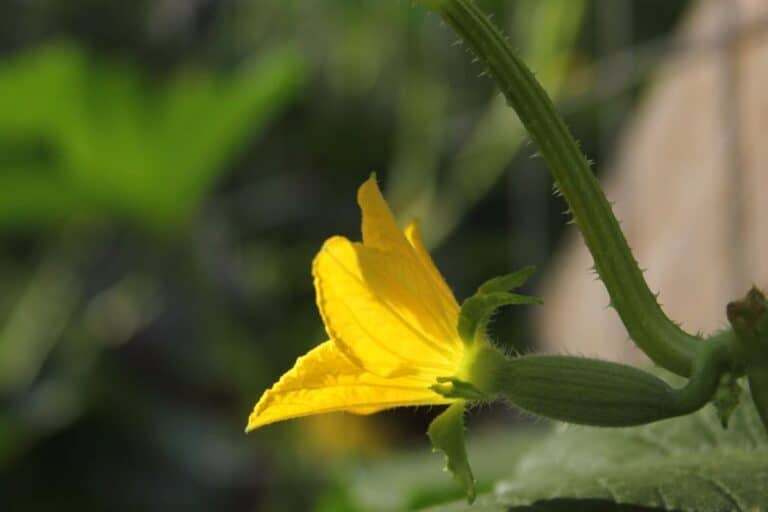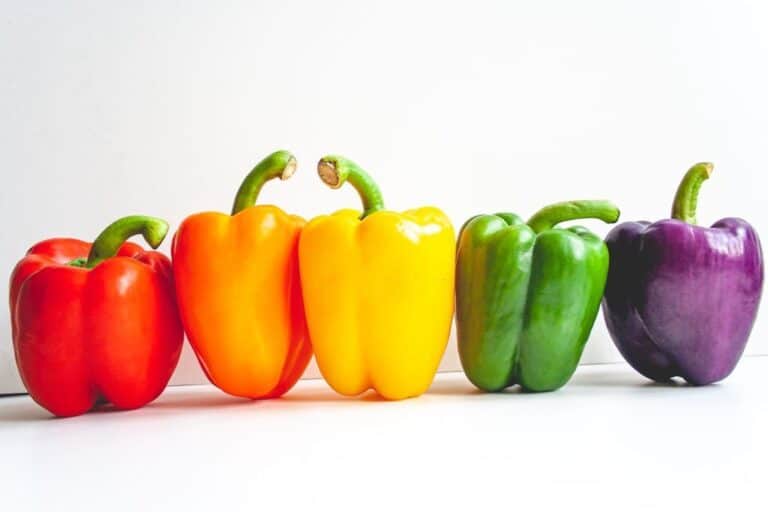Sunflowers Plant Growth Stages Life Cycle: How Fast It Grows?

Sunflowers are one of the world’s most popular flowers. They are among the easiest flowers to grow, as well. Sunflowers have a very simple life cycle.
Knowing the life cycle of sunflower plants can help you grow sunflower plants, ensuring that each stage is a success and keeping the plants growing well until you decide to harvest them for their flowers or seeds. Or just let them grow, bring some sunshine to the garden, and attract and feed the birds and bees.
They go from seed to flower in just a few weeks. Here is a look at the different stages of sunflower growth.
Sunflower Plant Growth Stages Life Cycle
The sunflower has a life cycle that consists of five main stages: germination, vegetative growth, pollination/flowering, seed production, and plant death/ overwintering.
Below are those sunflower life cycle of sunflower’s growth:
Germination – Sunflower seeds will germinate in soils that are 55 degrees or above, but will germinate optimally in a soil temperature of around 80 degrees.
After sunflower seeds are planted, it takes between 5 and 10 days for them to germinate, but it can take up to 3 weeks. Like most garden plant seeds, they will germinate faster with warmer temperatures.
This is the point of heating mats when growing, to speed up germination. If you do use a heating mat, remember to remove it once 30% or so of the seeds have sprouted.
Seeds like higher temperatures to germinate plants. Seedlings grow better with cooler temperatures between 55-75 degrees.
I like to use a soil thermometer and the last expected frost date to determine when to plant what outside.
Vegetative Growth – A plant will sprout with two leaves that emerge. These are called cotyledon and are already present within the seed. These tiny leaves allow the small seedling to start producing energy via photosynthesis, and within a week or two the first “true leaves” will emerge. These are the leaves we typically identify with the plant.
During this stage, the plant’s energy will be directed towards developing a strong root system and above ground growth of the stem and leaves.
Photosynthesis creates energy that the plant uses to make sugars that it can convert into new plant material, cellulose. By the time the plant is fully grown, 20 to 40 leaves will have been produced. After the plant buds, the energy is redirected towards the flowers.
Pollination/Flowering – Directly before flowering, the sunflower plant will grow the bud, or buds for branching type sunflowers. A flower will begin to form around the 60 day mark. The yellow petals will begin to grow inward towards the bud, and then unfold, revealing the sunflower we know and love.
There are ray petals and disc petals. Ray petals are along the outside of the sunflower head and are useful for attracting pollinators. These are what we normally think of as flower petals. Disc petals are located on the flower head where the seeds will grow.
The disc petals are responsible for opening daily and releasing pollen. The pollen can be moved by wind, or taken and released by insects.
The flowering phase is the best time to enjoy your sunflower’s shining blossoms. Your flowers can be placed in a vase, given as a bouquet, or used to create a wreath for the season.
The rows of females and males are lined up side by side so the bugs can easily facilitate this process. After this flowering process is completed, the yellow ray petals will naturally fall off, while the disc petals do not do so until the plant is almost fully matured.
Seed Production – Once pollinated and fertilized, each disc, of which there are between 800 and 3,000, is capable of producing a seed. However, this does not always occur.
Temperature and moisture can affect seed growth. The sunflower can adapt to a lack of seeds by focusing its energy on enlarging the remaining seeds. Up to 80% of the hulls, where the disc flower once was, will produce a seed.
Plant Death/Overwintering – As summer comes to an end, so does the plant life cycle of the sunflower. At 13 to 15 weeks, the petals of the sunflower start to wilt, begin to turn from bright yellow to brown. The center of the flower, where the seeds are located, begins to turn black. Eventually, the entire flower will be black and dry. The sunflower has a short life span, but it is a beautiful plant to enjoy while it lasts.
How Fast Does a Sunflower Take To Grow?
From planting the seed to harvesting the flower, it takes sunflowers about 60 days to fully grow. The plant will sprout in about a week, and then the sunflower will start to track the sun as it grows taller each day. After about 30 days, the flower will start to bloom, and by day 60, the petals will be fully open.
Is Sunflowers Plant an Annual or Perennial?
Sunflowers are actually both annual and perennial plants. How can this be? It all has to do with the plant’s life cycle. Sunflowers that are planted in the spring will bloom throughout the summer and then die in the fall. These sunflowers are annuals. But if you plant sunflower seeds in the fall, the plants will overwinter and then bloom again in the spring. These sunflowers are perennials.
Do Sunflowers Die After They Bloom?
After an annual sunflower has flowered, the ray petals will complete their petal drop, and the plant will appear to be dying. In fact, it is still maturing, producing seeds and oils within the disc petals until complete physiological maturation.
Once this process is concluded, the plant has died, turning yellow and soft, with the head drooping towards the ground for easier collection of seeds.
However, some varieties of sunflower may be cultivated as perennials, meaning the next year they will produce new blooms.
Do Sunflowers Bloom More Than Once?
Branching types of sunflowers have more than one bloom and might continue to produce new flowers as the season goes on. Single stem sunflowers will only bloom once. Some sunflower varieties grow as perennials and will return and bloom the following year if they survive through winter.
So, why do some sunflowers bloom multiple times? It’s all about reproduction. By blooming multiple times, sunflowers increase their chances of producing seeds.
What Does a Sunflower Look Like Before It Blooms?
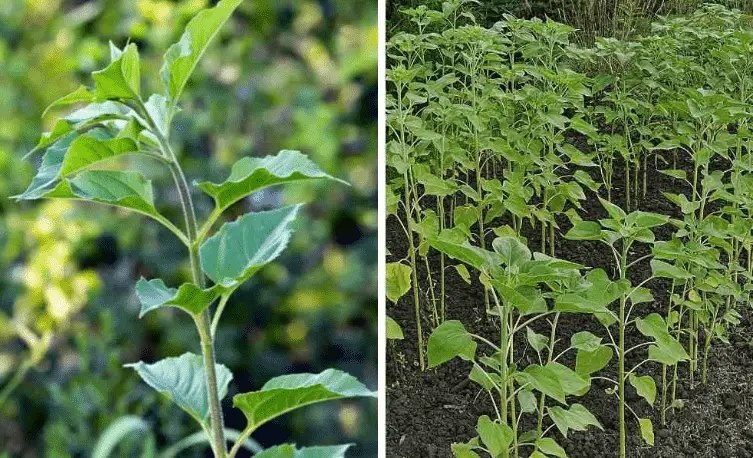
Before it blooms, a sunflower is a tall, lanky plant that resembles a thin broomstick stem with leaves attached. Around the 60 day mark after sprouting, a head of the sunflower will appear at the top of the growth and start to develop into a flower.
Should You Deadhead Sunflowers?
Deadheading sunflowers makes sense for branching types of sunflowers that have multiple flower heads. Depending on whether you want the sunflowers for just scenery or would also like some to go to seed is a part of the decision.
If they go to seed, you’ll be feeding the birds, but some seeds will probably find their way to the soil, so you’ll probably have some volunteer sunflower plants. We don’t mind that in our garden, but other gardeners are better than us!
You can deadhead sunflowers that are damaged or when the outside petals fall off to keep the plant looking fantastic. If you’re harvesting seeds for yourself, obviously it’s easier to deadhead or cut the flower head off to get the seeds.
Conclusions
In conclusion, the sunflower life cycle consists of five main stages: germination, vegetative, flowering, and seed dispersal.
Each stage is important in the life of the sunflower and helps the plant grow and reproduce. By understanding the sunflower life cycle, gardeners can better care for their plants and ensure that they are getting the most out of their sunflowers.

